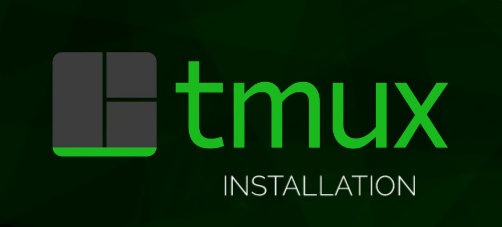
Maximizing Efficiency with Tmux: A Comprehensive Guide for Linux Users
Tmux means Terminal Multiplexer. In other words, tmux is going to be huge for those Linux users who want to optimize their workflow and multiply the degree of productivity by using it. Tmux gives the facility to run various sessions of the terminal on one screen for effective task and process management. Be it remote systems or local ones, tmux will make sure multitasking is done with ease and smoothness.

Refer to this guide on Linux Tmux for more detailed installation.
Why Tmux is a must-have for Linux users
The biggest advantage of working with tmux is the fact that its sessions can remain running in case a user disconnects via SSH. It proves quite helpful for developers and system administrators since the aforementioned group very frequently needs to execute processes that are long-running on remote servers. You can detach sessions, close your terminal, and reconnect later without losing any of your work-something you get used to pretty fast and default back to every time you're working with a command-line environment.
Tmux Key Features
- Session Management: That's actually the rationale behind designing Tmux-to manage terminal sessions, that is, easy creation, management, and resumption of terminal sessions. Suppose you disconnect from the remote server; by default your processes will be continued running in the tmux session.
- Multiple Windows and Panes: You can set up your terminal to open multiple windows and panes; kick off a suite of processes or commands in one place. You can view server logs in one pane and, simultaneously-usually-write code in the other.
- Efficient Shortcuts: Tmux operates on quick keyboard shortcuts to switch between windows and panes-open a new one, or even close them. Examples include "CTRL + B C" to open a new window, and "CTRL + B %" to split a window into vertical panes.
Using Tmux for Productivity
-
Resilient Workflows: Probably the most important reason anybody would use tmux is the fact that it keeps sessions alive if your SSH connection goes down. That alone would make tmux pretty useful for long-running processes like doing backups, system updates, and batch-running scripts-that is, processes you would rather not stop abruptly.
-
Multitasking: Tmux further allows running many processes on the same terminal screen. It divides the screen into rectangular panes running different tasks; this could be in the form of a pane, which watches a process and another where one edits a file.
-
Session Organization: One thing that's gonna save your ass big-time is the session organization done for you by tmux. You can create named sessions, and you might want to use the name of projects you are working on. Therefore, switching from project to project will be easy.
Practical Usage with Tmux
-
Detach and Reattach: You should detach from any session before you log off from your server. That way, you will be in a position to start from where you left without having to restart the processes. Use
tmux attach-session -t [session_name]to reconnect. -
Navigation: Along with mastering many windows comes mastering the shortcuts used in order to move around among different windows and panes. Quite a few of these can be moved using simple short cuts like "CTRL + B 0."
Conclusion
It will redefine what terminal efficiency means to any Linux user once learned. Besides, tmux offers a very handy way of managing multitasking tasks owing to its powerful session management and window/pane splitting that is highly customizable with shortcuts. Would you like to get working with tmux? The following resource will be helpful: Linux Tmux Guide .